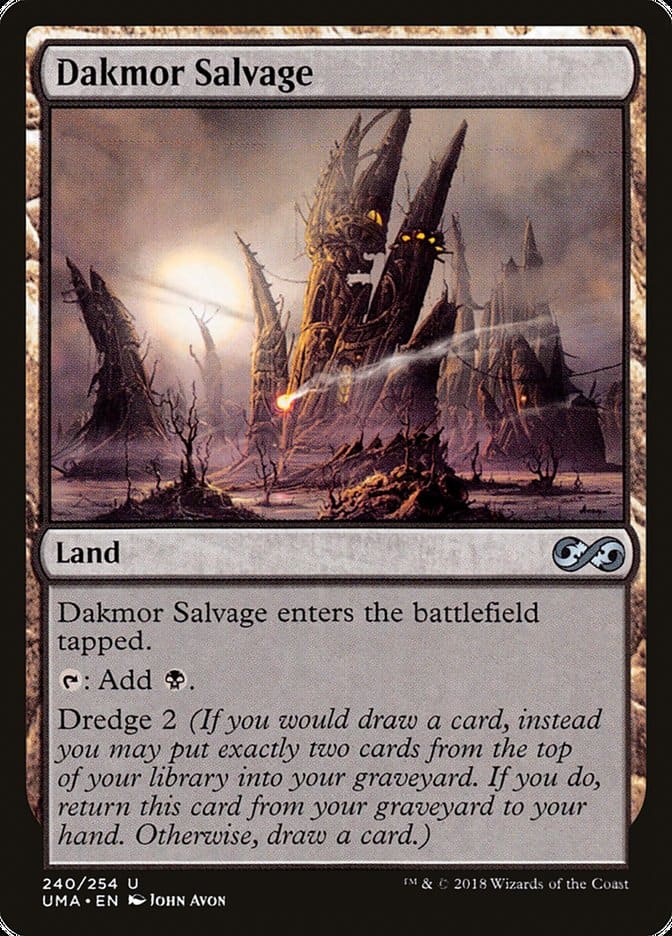

Dry fryĬooking something in a frying pan – usually a non-stick pan – with no oil added. Salad dressing, honey, olive oil, balsamic vinegar and lemon juice are often used to drizzle over foods just before serving. Typically a small amount is used, and drizzling allows you to spread it evenly over a dish. To trickle a thin stream of liquid or sauce over a dish, usually just before serving. Cakes are sometimes dredged with a little icing sugar. Meat or fish is often dredged with flour before frying, and pastry is usually dredged with flour before rolling it out to stop it sticking to the rolling pin or work surface. Diced vegetables are popular in salsas, sauces, soups and salads. These could be any size from the size of a gaming dice (1½ cm) to ‘finely diced’ which could be anything from 2mm–5mm. Deglazing gets all the cooking juices out of the pan when they are used for making sauces or gravy. DeglazeĪdding liquid – wine, water or stock – to a pan which has had meat or fish sautéed in it. To cream butter and sugar together means to beat them with a wooden spoon, whisk or mixer to make them soft and creamy. Used for vegetables and herbs that may be added to stews, pasta, rice dishes, salads. They don’t need to be really even but should be a similar size – anything from 1cm–2m thick for vegetables and ½ cm for herbs. Also used for fresh herbs like parsley or coriander. Often used when chopping onions or other vegetables such as peppers or mushrooms for a sauce or soup. To cut ingredients into small, even pieces usually no more than ½-cm thick for vegetables or 1–2mm for herbs. (See Dice.) Usually used on vegetables, tomatoes, salads and fruit. Use a sharp knife so that ingredients are cleanly sliced and not crushed. ChopĬutting ingredients into evenly sized pieces. Used for steaks of meat or fish such as tuna, or for grilling vegetables such as peppers, courgettes and aubergines. Usually there are thick ridges on the pan which give foods a distinctive charred stripe. To cook foods in a heavy iron pan on the stove top. Caramelising foods enhances their flavour, but it’s important not to burn things as they then taste bitter. CarameliseĬooking things gently (on a low heat) and constantly stirring to release the natural sugars in foods such as onions, vegetables and meat. The heat is then often turned down for the rest of the cooking process. Used when starting to cook soups and stews. Bring to the boilīringing a saucepan of liquid, stew, soup or sauce up to 100☌ so that it bubbles.

You can braise things in the oven or on the hob. It partly roasts and partly steams the food. The ingredients are placed in a casserole dish or pan with a lid and only a little liquid. BraiseĪ method of cooking tough cuts of meat and some vegetables. Used for vegetables, beans, pulses, pasta, rice when making soup and to reduce some sauces. Cover ingredients in the boiling liquid to make sure they cook evenly. BoilĬooking in liquid (usually water) that is 100☌ and bubbling. For example, you might blend cooked vegetables together into a soup. Mixing multiple or single ingredients thoroughly into a smooth paste, liquid or powder. You can also blanch fruit, such as peaches or tomatoes, to make the skins easier to remove. You can then quickly cook them when required. Vegetables such as broccoli or green beans are often blanched then immersed in ice cold water. Immersing foods in boiling water for a short time. Used for cake or biscuit mixtures as well as mashed potato. Beating ingredients together incorporates air and makes them lighter it can also soften them. Mixing vigorously with a fork, whisk, electric mixer or wooden spoon. Ideal dishes to cook and freeze include stews, bolognese sauce, cottage pies, soups and even bread. It’s an economic way of cooking as it uses less energy and it saves time. Batch CookingĬooking food in a large quantity, often so you can save or freeze some extra for another time. Do this 2–3 times during cooking – it will improve the flavour and moisture of the item you are basting. BasteĪ technique used during roasting meat or poultry where the cooking juices are spooned over the cooking meat. Used for cakes, bread, biscuits, puddings. An Italian term used to describe pasta that is cooked but not soggy.


 0 kommentar(er)
0 kommentar(er)
